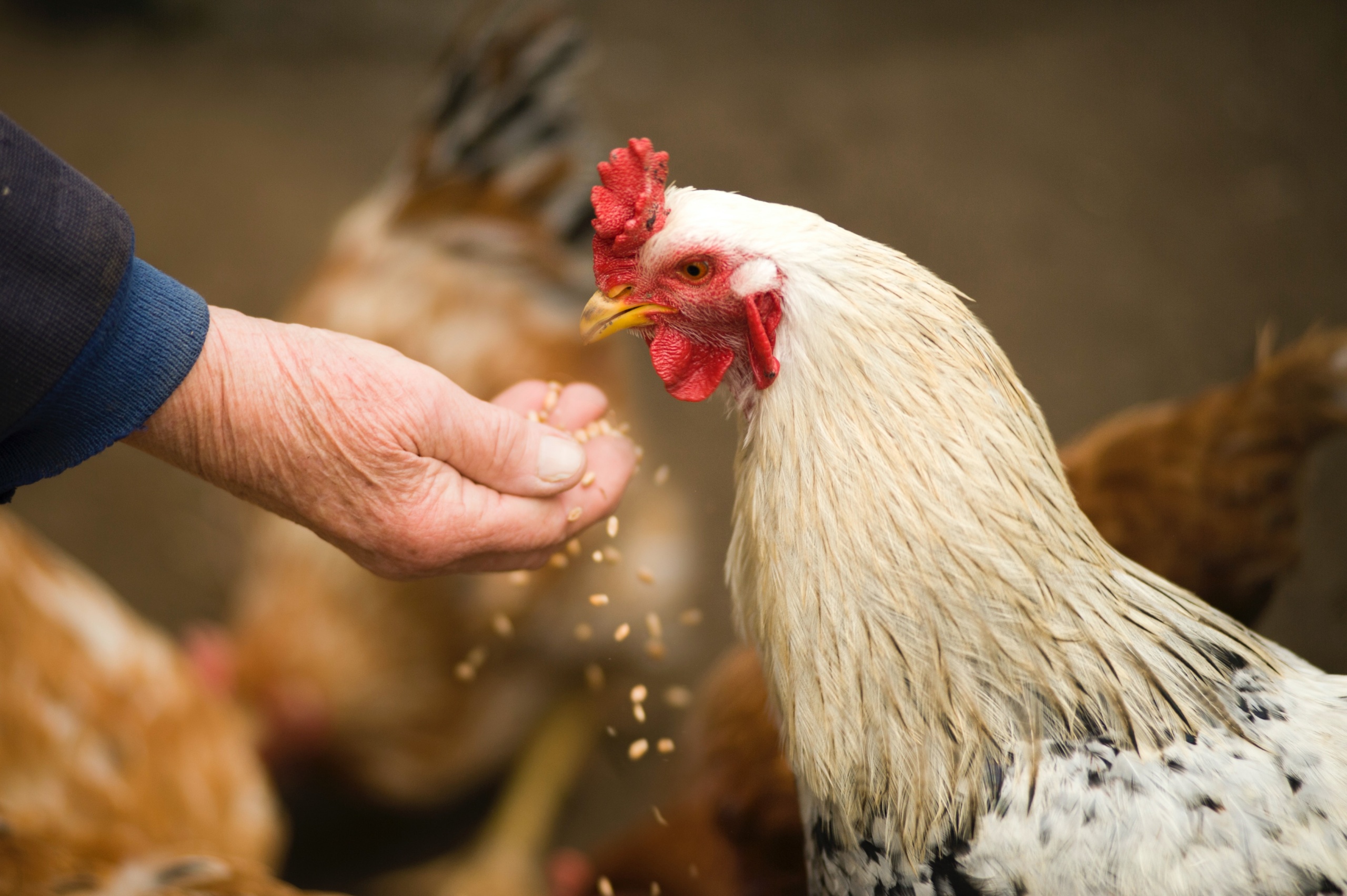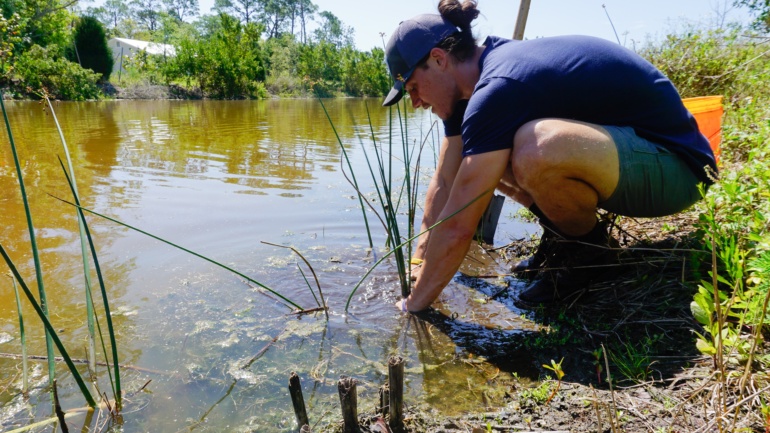By Samhar Almomani, Publishing Associate: Researcher and Writer at Save the Water™ | January 13, 2023
A shocking new report has revealed that manure-laced litter has resulted in increasing contamination of the nearby streams in eastern Nebraska. It had previously been removed from a number of chicken farms that were raising millions of chickens for Costco.
The report is based on a three-year-long study that was conducted by environmental group GC Resolve and the Nebraska Farmers Union Foundation. The report’s findings led the groups to make several recommendations. These include increased testing of contaminants such as phosphorus and nitrogen in streams near farms. Additionally, they recommended a sharper oversight over the spreading of litter, as it’s used as a fertilizer.
The Dangers of Drinking Water Contaminated With Chicken Litter
There are many health-related risks associated with consuming contaminants in water that originated in chicken litter:
- High nitrates and atrazine, which are referred to as agrichemicals.They’ve been linked to pediatric cancer.
- An increase in nutrient phosphorus that leads to a condition known as eutrophication, which is also referred to as toxic algae.
- High nitrate levels are associated with colorectal cancer, thyroid disease, neural tube defects, and brain defects of the brain or spine.
- Drinking water contaminated with nitrates while pregnant may lead to spurring complications such as anemia, premature labor, and miscarriage.
The Potential Rise of Pathogens in Contaminated Water
Researchers have found microbial pathogens in contaminated water sources. They were especially present in water sources that had been contaminated by manure from livestock production. There are major concerns related to the contamination of water with pathogens.
For example, contaminated water sources provide a way for zoonosis to occur. Zoonosis is the movement of a pathogen or disease from a nonhuman animal to humans. This could prove dangerous for humans in the future.
Also, research results found that poultry litter is a likely source of harmful environmental contamination. It will lead to tainting both groundwater and surface water. Thus, these water sources could potentially no longer be used unless they’re cleaned of contaminants.
How to Ensure Contaminants-Free Water?
Investigative research has shown that governments have taken little action to protect the public’s health in relation to water contamination. For example, in Nebraska, both surface and groundwater have become compromised.
The excess contaminants in Nebraska’s drinking water are undoubtedly because of the opening of the largest poultry operation in United States history. The project processes over 420,000 chickens per day in a farm that’s equipped with a feed mill and hatchery. Moreover, it’s adjacent to a floodplain close to the Platte River.
Housing such a large number of chickens in such a small place that’s close to drinking water resources is dangerous. It’s likely to result in the water contamination from material in the chickens’ litter, as seen in Nebraska’s case.
Therefore, as based on the recommendations found in the report from Nebraska, we should ensure that livestock farms in general shouldn’t be allowed to function.




